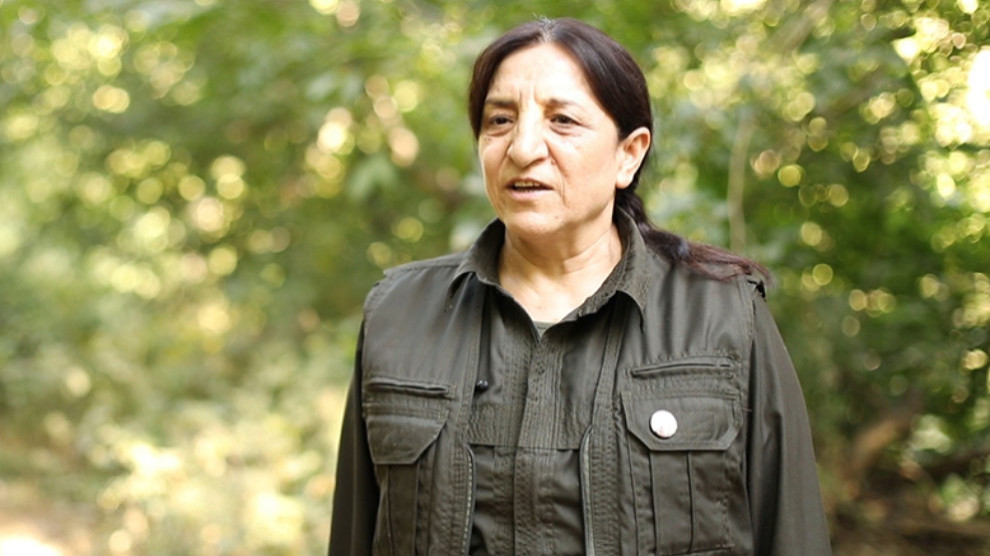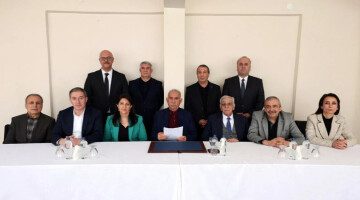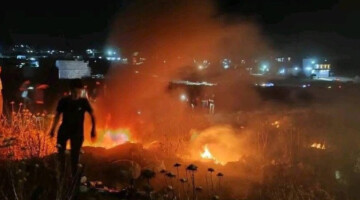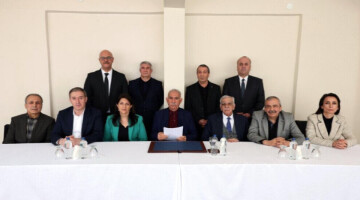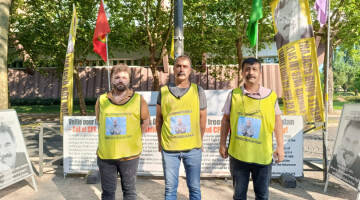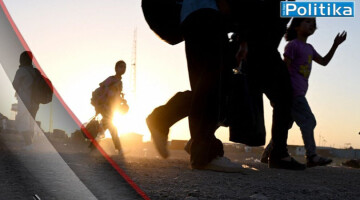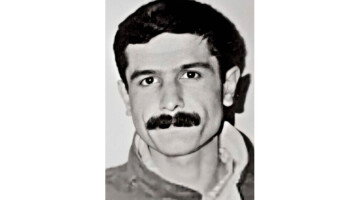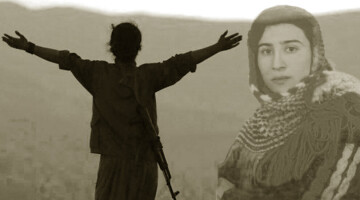On 3 August 2014, the Islamic State attacked the Yazidi settlement area of Shengal in northern Iraq and carried out a massacre of the population.
It is estimated that around 10,000 people fell victim in the Yazidi genocide. More than 7,000 women and children were kidnapped by ISIS, more than 400,000 people have been displaced from their homeland and thousands more are still missing.
Sozdar Avesta, member of the KCK Presidential Council, spoke to ANF on the upcoming anniversary of the massacre and genocide plans in Shengal.
Avesta emphasizes that the attacks on the Yazidi people are political and ideological: “They are part of the genocide concept. The Yazidi society still defends the culture of Mesopotamia. It lets its story live on and defends its human values against the continued attacks. Because it has not adopted Islam and has preserved its own religion, culture, values and existence, it has experienced dozens of attacks of annihilation. The massacre committed by ISIS in Shengal on 3 August 2014 was planned by Erdogan and his collaborators. Children and the elderly were murdered; thousands of women were sold in slave markets. They played with the honour and dignity of our people. The fate of thousands of women and children is still unknown. What happened in Shengal was the tragedy of the 21st century. The values of the Kurdistan people were wanted to be destroyed by targeting the Yazidi society. They wanted to erase the Yazidi society from history."
When ISIS arrived in Shengal at the time, the approximately 12,000 Peshmerga stationed in the region under the South Kurdish government party PDK withdrew without warning and left the Yazidi in the hands of ISIS. Systematic massacre, rape, torture, displacement, enslavement of girls and women, and forced recruitment of boys as child soldiers began for the Yazidi community. Those who could flee retreated to the mountains. There, fewer than a dozen HPG guerrillas initially protected the entrance of the refugees to the mountains and then prevented the jihadists from entering.
The PKK had already dispatched a twelve-person advance team to defend Shengal on 28 June 2014 following a call from the Kurdish leader Abdullah Öcalan. Twenty days before the massacre, the Peshmerga arrested three members of the group and one Yazidi supporter. The remaining guerrilla fighters moved to Shengal Mountain and started organizing the youth. When the ISIS attack began on 3 August, a nine-member guerrilla group defended the population who had fled Mount Shengal.
The guerrillas held the road west of Shengal from Sinûnê to Dugirê and did not allow ISIS to conquer the mountain. The Yazidi pulled strength from the guerrilla resistance and joined in the defense of the mountain. After the nine-member guerrilla group resisted ISIS attacks for several days without eating or drinking, two battalions of the YPG / YPJ People's and Women's Defense Units from Rojava came to their aid on 6 August.
The YPG / YPJ and the HPG then set up a security corridor to evacuate the hundreds of thousands of Yazidi who fled Mount Shengal to Rojava. Over time, more than 200,000 people were able to get to Rojava via this corridor. This prevented an even bigger massacre. The YPG / YPJ and HPG fought self-sacrificingly and suffered losses in order to maintain this "humanitarian corridor". 100 fighters fell martyrs in protecting the evacuation of the population. In total, around 300 fighters from YPG / YPJ and HPG fell martyrs in the Shengal massacre.
Sozdar Avesta says that Yazidi youth, led by the guerrillas, turned the 73rd Ferman ISIS attack into the opposite: “The intervention of the Apocu [followers of Ocalan] movement in Shengal was of historical importance. It was a planned, selfless, and conscious intervention that showed great responsibility. The brave intervention was legendary and had a high price. There were 350 casualties. This protected human dignity and the entire Yazidi. Both the guerrillas and the people who fled to the mountains have met with great resistance. In the mountains in Shengal, thousands of people have done everything possible. There were no options at all, but they believed in something. They fought together with the guerrillas for their holy land and their dignity. For this reason, August 3rd is the day in which the Yazidi have campaigned for their own society. The Yazidi youth founded the Shengal Defense Units and took part in the resistance. Not only was ISIS defeated, at the same time the seeds for a free philosophy of life were laid in Shengal. There has been further development on the questions of how Shengal can be defended and administered, how education can be passed on, how people can make a living and how the future can be built. The resistance has been carried to this day with great commitment and will to make sacrifices."
Sozdar Avesta pointed out that the attacks against Shengal after the ISIS massacre is continued today by the Turkish state. Since 3 March 2017, five air strikes by the Turkish army have been launched against Shengal. “These attacks are against social cohesion and free life. The attacks on Shengal affect all the Yazidi society. Êzidîxan cannot exist without Shengal and Kurdistan cannot exist without Êzidîxan. They are connected.”
When asked what needs to be done six years after the ISIS massacre, Sozdar Avesta recalled that Shengal was rebuilt from scratch. “Shengal was born again from the ashes and the society is now governing itself despite all the attacks. The return of our people to their own soil is extremely valuable. The best answer to the enemy is the return of the society to their own country. A return to one's own land means a return to one's own being, one's own religion, belief and culture and to the values of humanity. For this reason, it is very important that our people from the camps in the south and the Yazidi who have migrated to other countries return to Shengal. Of course, just returning is not enough. People have to organize, train and work in the institutions built in Shengal. Above all, they must participate in the defense of Shengal. You have to defend yourself and don't expect anyone else to do that.”

